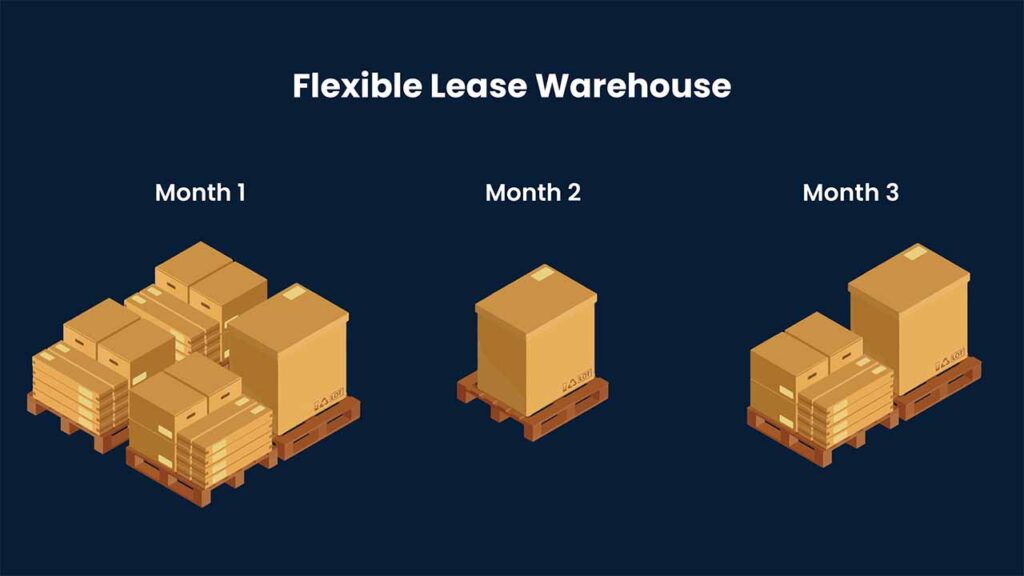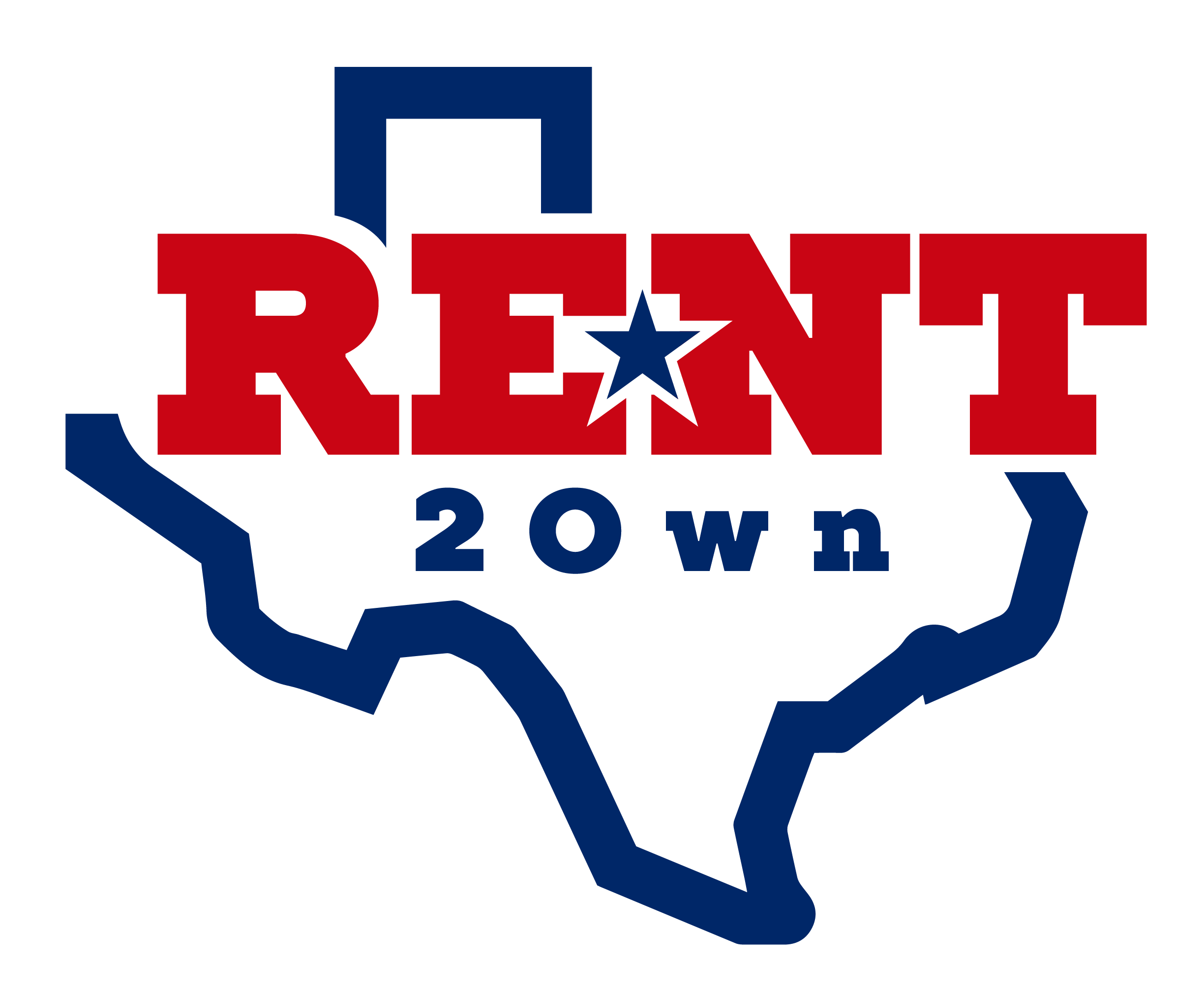Hey there, future homeowners! The dilemma of choosing between renting, renting-to-own, or taking the plunge into traditional homeownership can be a real head-scratcher. In this guide and with the help Texas Rent 2 Own, we’re unraveling the intricacies of rent-to-own versus traditional renting, laying out the pros and cons to help you make a savvy decision. Renting-to-own brings the promise of future homeownership without the immediate commitment, while traditional renting offers simplicity and flexibility.

Each option comes with its own set of perks and pitfalls, and finding the perfect fit depends on your lifestyle, goals, and financial outlook. So, let’s embark on this journey of exploration, dissecting the nuances of these housing choices and finding the path that aligns perfectly with your aspirations! Whether you’re enticed by the flexibility of renting or drawn to the potential of owning your dream home, we’ll navigate through the maze of considerations together, ensuring you’re equipped with the insights to make a well-informed decision tailored to your unique needs and preferences.
Understanding Rent-to-Own: A Closer Look
Embark on a comprehensive exploration of the psychology of home buying, delving into the intricate aspects that distinguish it from other real estate decisions. Unravel the underlying motivations and emotions driving homebuyers, examining the psychological principles that influence their choices in the housing market. Understanding the psychological factors, from the desire for stability to the emotional attachment to a property, is crucial in navigating the complexities of home buying, providing readers with profound insights into the mindset that shapes this significant life decision.
Traditional Renting: The Simplicity and Flexibility
Discover the practical tips that enhance your ability to find the perfect rental property tailored to your needs. This exploration provides valuable guidance for individuals navigating the rental market, ensuring that the viewing process becomes a strategic and informed step towards securing the ideal rental home. Explore the essential tips for a successful rental property viewing, gaining insights into how to make the most of your property search. This section sheds light on the key considerations during property viewings, from assessing the neighborhood to inspecting the property’s condition. Understand the importance of asking questions, observing details, and envisioning your lifestyle within the space.
Pros of Rent-to-Own: Future Homeownership Benefits
Uncover the common mistakes to avoid when buying a house, gaining insights into pitfalls that can impact your homebuying journey negatively. This section sheds light on potential errors, from overlooking crucial inspections to neglecting financial readiness. Understand the importance of thorough research, careful negotiation, and the significance of having professional guidance. Discover practical tips that empower you to navigate the homebuying process with confidence, ensuring a smoother and more successful experience.

Cons of Rent-to-Own: Potential Pitfalls to Consider
Navigate the potential downsides and pitfalls associated with rent-to-own arrangements. This critical examination provides readers with a balanced view, addressing issues such as higher upfront costs, potential disagreements in contract terms, and the risk of forfeiting option fees. Understanding the challenges ensures individuals make informed decisions, weighing the pros and cons of rent-to-own agreements in the context of their specific circumstances.
Perks of Traditional Renting: Simplicity and Immediate Flexibility
Dive into the perks of traditional renting, highlighting the simplicity and immediate flexibility it offers. From straightforward lease agreements to the ability to easily relocate, readers discover why traditional renting remains a popular choice for those seeking hassle-free and adaptable living arrangements. This section provides a counterpoint to the complexities of rent-to-own, emphasizing the straightforward nature of traditional rental agreements.
Drawbacks of Traditional Renting: Limited Long-Term Benefits
Examine the drawbacks and limitations of traditional renting, shedding light on the potential downsides that individuals may encounter. This section addresses issues such as the absence of long-term equity building and the ongoing expense without the potential for homeownership. By understanding the limitations, readers can make informed choices based on their priorities and long-term housing goals.
Financial Considerations in Rent-to-Own Agreements
Delve into the financial intricacies of rent-to-own agreements, offering readers a detailed understanding of the monetary aspects involved. From initial option fees to rent credits and purchase prices, this section dissects the financial components of rent-to-own arrangements. By grasping these considerations, individuals can assess the affordability and viability of choosing rent-to-own as a path to homeownership.
Flexibility in Traditional Renting: Month-to-Month vs. Long-Term Leases
Explore the varying degrees of flexibility in traditional renting, comparing month-to-month leases with long-term commitments. This section guides readers through the options available in traditional rental agreements, allowing them to align their lease terms with their anticipated housing needs and lifestyle preferences. Understanding the flexibility within traditional renting adds nuance to the decision-making process.

Navigating Lifestyle Goals with Rent-to-Own
Examine how rent-to-own agreements can align with specific lifestyle goals. Whether aiming for a gradual transition to homeownership or seeking a flexible living arrangement, readers gain insights into how rent-to-own can be tailored to accommodate diverse lifestyle aspirations. This section provides a personalized perspective, helping individuals assess how rent-to-own fits into their unique life plans.
Financial Outlook: Assessing Affordability and Long-Term Goals
Discuss the crucial aspect of financial outlook when choosing between rent-to-own and traditional renting. Readers gain guidance on assessing their affordability, understanding their long-term financial goals, and making decisions that align with their economic priorities. By exploring these financial considerations, individuals can make informed choices that resonate with their budgetary constraints and future aspirations.
Making the Decision: Which Path Fits Your Aspirations?
Conclude the exploration by guiding readers through the decision-making process. This section encourages self-reflection on individual priorities, goals, and preferences, empowering readers to make a choice between rent-to-own and traditional renting that aligns seamlessly with their aspirations. By providing a comprehensive overview of the pros and cons of each path, this heading serves as a roadmap for individuals to reach a well-informed and personally resonant decision.
Conclusion
In conclusion, the choice between rent-to-own and traditional renting is a nuanced decision that hinges on individual priorities, financial circumstances, and long-term aspirations. While rent-to-own offers the prospect of future homeownership and equity building, it comes with complexities and potential pitfalls. On the other hand, traditional renting provides immediate simplicity and flexibility but lacks the long-term benefits associated with property ownership. Navigating this decision requires a careful consideration of personal goals, financial outlook, and lifestyle preferences. As individuals weigh the pros and cons of each option, the key is to align the chosen housing path with one’s unique aspirations, ensuring a well-informed decision that meets both immediate needs and long-term objectives.
FAQs
What sets rent-to-own apart from traditional renting?
Answer: Rent-to-own offers potential homeownership, allowing tenants to transition over time, while traditional renting provides immediate flexibility without future ownership prospects.
What are the financial considerations in a rent-to-own agreement?
Answer: Financial aspects include initial option fees, rent credits, and purchase prices, crucial for assessing affordability and viability in the long term.
How does traditional renting provide flexibility?
Answer: Traditional renting offers flexibility through various lease terms, from month-to-month to long-term commitments, allowing tenants to adapt to changing housing needs.
What lifestyle goals can be accommodated with rent-to-own?
Answer: Rent-to-own can align with lifestyle goals by providing a gradual transition to homeownership or accommodating those seeking flexible living arrangements.
How does the decision-making process between rent-to-own and traditional renting conclude?
Answer: The decision-making process concludes by encouraging self-reflection on individual priorities, financial considerations, and lifestyle preferences, empowering individuals to make a well-informed choice.
